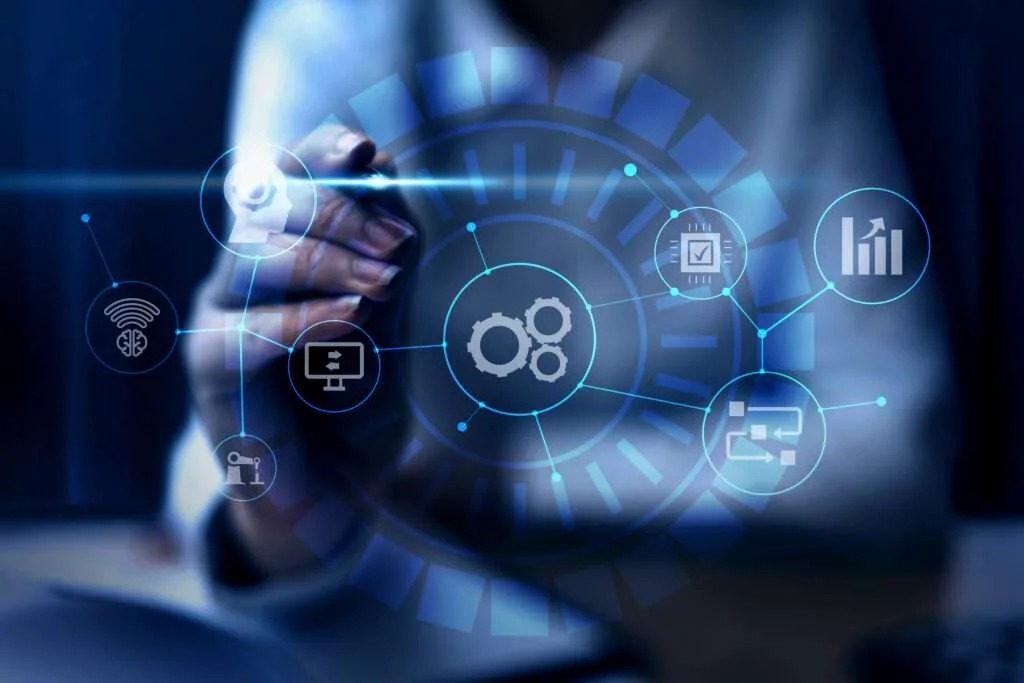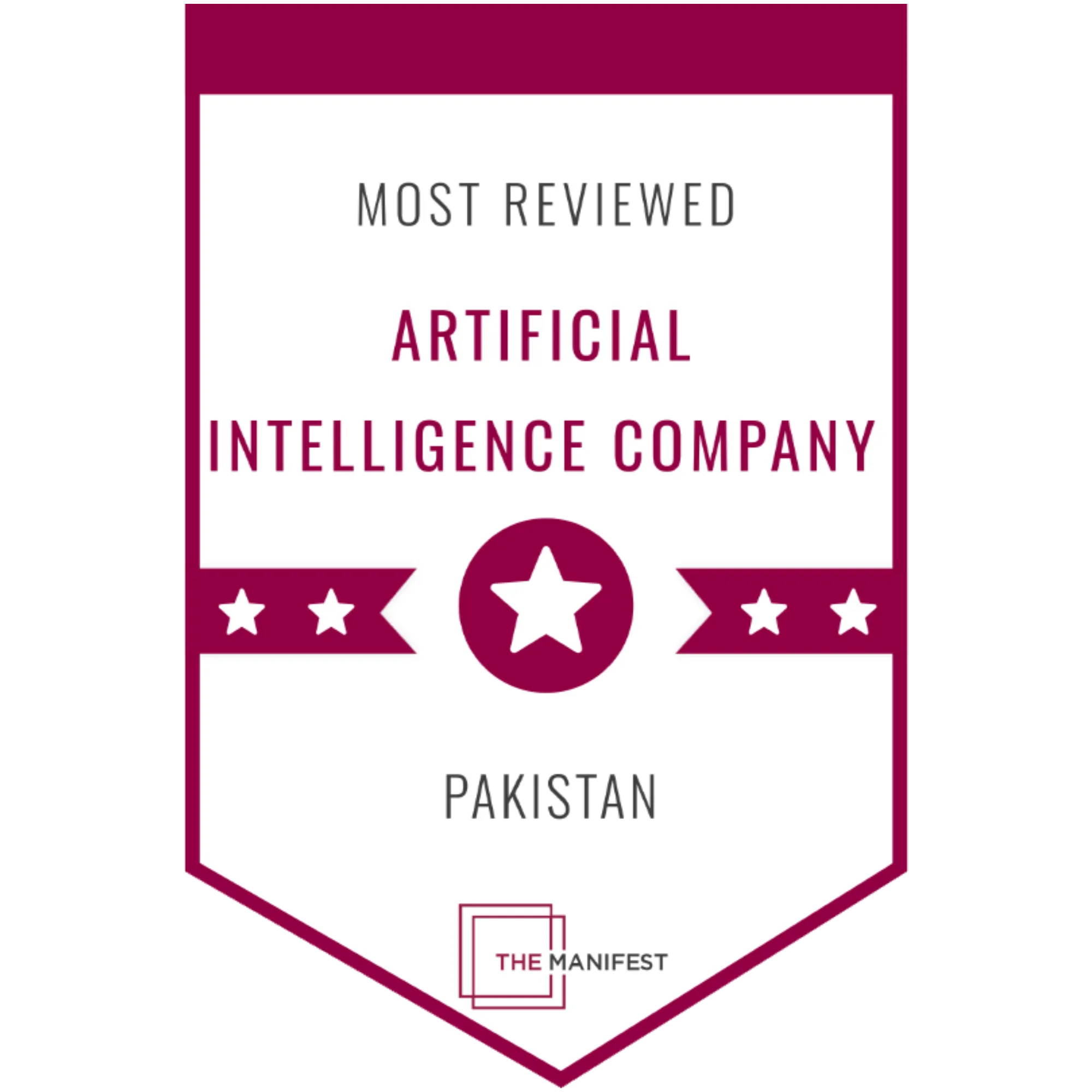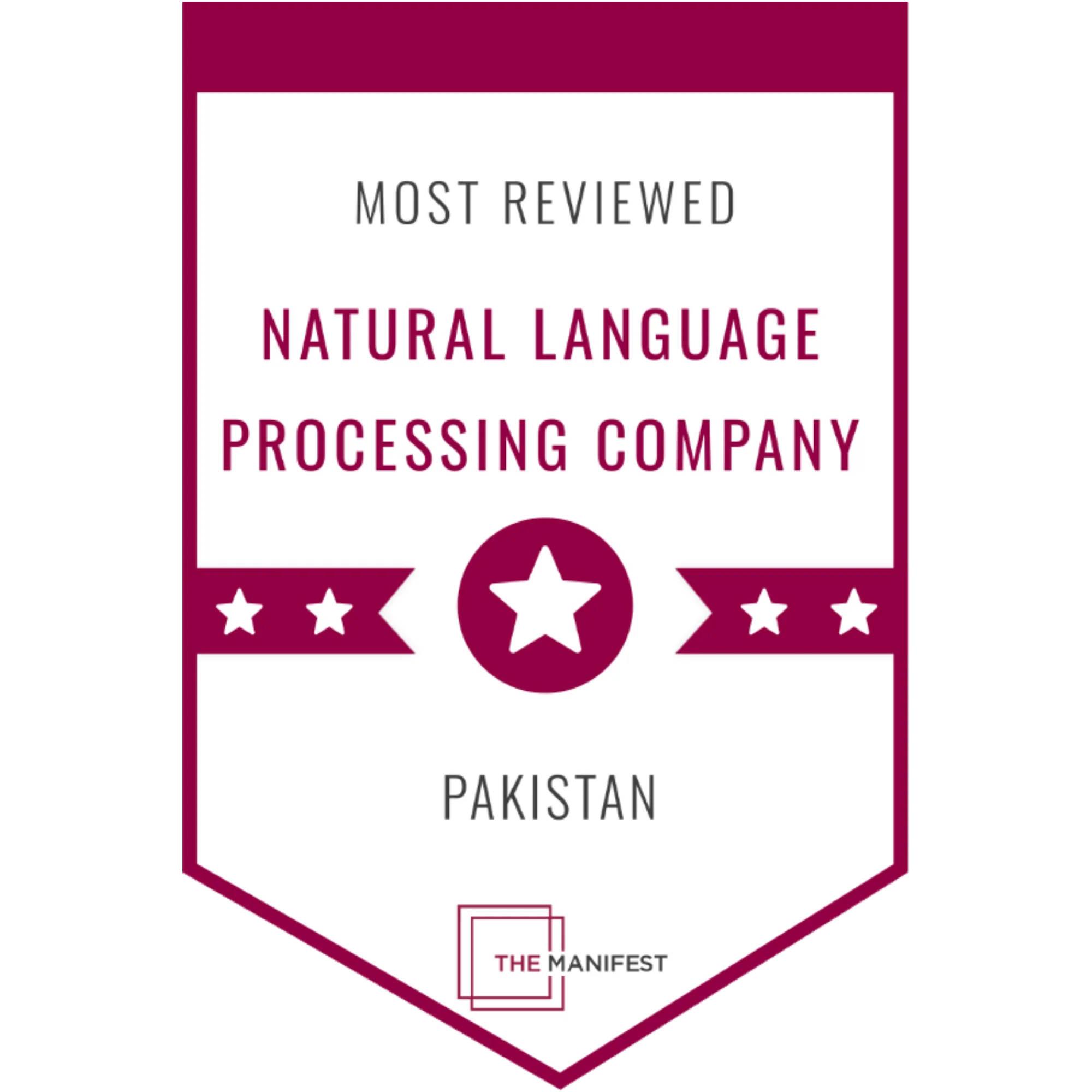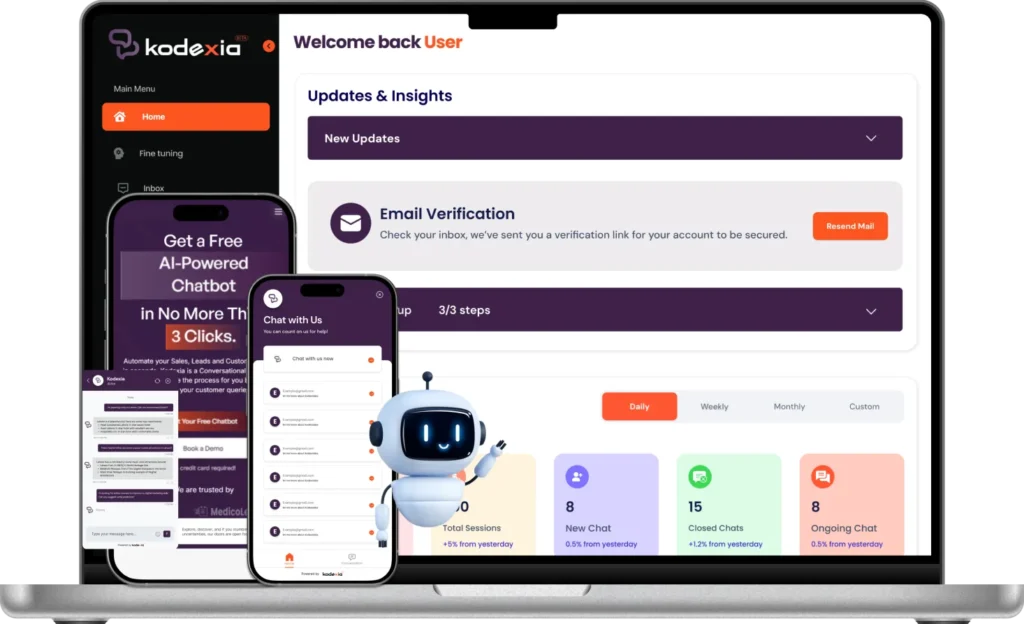
Contents
The capacity to make the model produce readable text within images is one of those new characteristics, which Midjourney has not been able to do since its launch in 2022 despite other competitors’ AI image generators being able to produce images that are significantly better and more realistic.
Introduction:
A huge language model and a human can interact via Artificial Intelligence (AI) prompts, which enable the model to produce the desired output. This dialogue may take the shape of a query, a written message, brief passages of code, or examples. Depending on how the request is worded—which can be as simple as a word or as complicated as a paragraph—an AI model can produce a number of outputs. The purpose of the prompt is to supply the AI model with enough data to enable it to generate relevant output for the prompt.
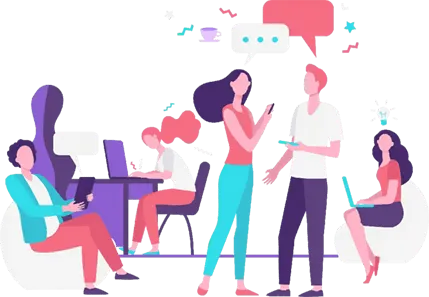
Why are AI prompts important?
Artificial intelligence prompts can be used for a multitude of tasks, including as translating languages, generating text, producing other types of creative content, and answering queries in an educational manner. For AI models to deliver outputs that are both accurate and relevant, it is critical to have carefully designed AI prompts, regardless of the use case.
Artificial intelligence (AI) prompts give machine learning models or AIs clear instructions so they can get the appropriate results. This means that the model analyses and interprets the user’s input or query by utilising deep learning methods and natural language processing (NLP).
Benefits of AI prompts:
- Increased output: When users receive clear and concise responses to queries via explicit AI prompts, the process of obtaining information is sped up compared to when replies are written from scratch. Furthermore, efficient prompting enables efficient data retrieval from large databases.
- Enhanced client support: Customer service representatives can reply to customer concerns more rapidly and precisely thanks to AI prompts. AI chatbots, for instance, can be programmed to answer often asked questions, offer rudimentary help, and expedite purchase processing. As a result, client satisfaction increases, productivity increases, and customer interactions are streamlined.
- Personalisation: AI prompts are programmable and adaptable. For instance, a writer can modify the prompts according to their preferred tone, style, and subject to produce original material that suits their particular requirements.
- Educational tool: By tailoring instructional content to each student’s needs and use case through prompts, teachers may make learning experiences more unique for every student. Additionally, prompts can provide automatic, in-the-moment assessment and prompt student input.
- Time conservation: By eliminating the need for repeated explanations and enabling fast information retrieval from massive data sets, AI prompts simplify and expedite communication between human language and AI models. This can increase productivity and save several hours of laborious data mining.
What is Midjourney?
Midjourney is an autonomous research centre dedicated to investigating novel forms of cognition and enhancing human creativity. Our tiny, independently funded team is concentrated on AI, human infrastructure, and design. We have an amazing group of advisors in addition to 11 full-time employees.
The independent research lab Midjourney, Inc., located in San Francisco, developed and hosts the generative artificial intelligence programme and service known as Midjourney. Like DALL-E from OpenAI and Stable Diffusion from Stability AI, Midjourney creates visuals using natural language descriptions, or prompts. It is among the AI Spring’s technologies.
Over the course of a weekend in December 2022, Midjourney was used to produce the images for an AI-generated children’s book. The novel, Alice and Sparkle, tells the story of a little girl who constructs a self-aware robot. Ammaar Reeshi, the creator, spent hours fine-tuning the Midjourney prompts and eliminating hundreds of generated images before selecting 13 illustrations for the book.
A notable wave of viral AI-generated photographs occurred in 2023 as a result of the realism of AI-based text-to-image generators, such as Midjourney, DALL-E, or Stable Diffusion, reaching an unprecedented level of development. A fake arrest of Donald Trump, a hoax attack on the Pentagon, a shot of Pope Francis in a white puffer coat created by Midjourney, and their use in professional creative arts all garnered widespread notice.
Midjourney used a moderation system based on a forbidden words scheme before to May 2023. This approach forbade the use of vocabulary connected to graphic material, including themes of sexuality or pornography and excessive violence. Owing to alleged instances of censoring on the Midjourney platform, this approach has periodically generated controversy.
Just like every existing matter on earth, Midjourney also depends on how it is used. Considering the above scenarios, legal actions were taken to restrict the AI into not falling under some of these controversial details. With updates after version 5, starting in May 2023, Midjourney made the switch to an AI-driven system for content control. This sophisticated process analysed user inputs in their totality, enabling a more nuanced interpretation. As a result, it made it easier to use phrases that were previously forbidden in certain contexts. Users can now instruct the AI to create a portrait of great leaders of the world, for example. Simultaneously, the system will stop the creation of controversial visuals, such pictures of world leaders – in “arrest” circumstances or similar aspects.
Previous versions by Midjourney:
New model versions are often released by Midjourney in an effort to boost effectiveness, consistency, and quality. The most recent model is the default, but you can use alternative models by using the /settings command and choosing a different model version, or by adding the –version or –v argument. Every model is skilled at creating a variety of images.
Version 1 (V1):
The first 500 users of Midjourney are onboarded, and they are permitted to invite an additional 500 members to make a total of 1000 users. The inventor of Midjourney, David Holz, requests that people post their photos on social media.
Version 2 (V2):
Along with the new model, Upscaling and Variation buttons are available. After gathering feedback from the community, the Midjourney team refines its pricing strategy (users had been contributing content for free up until this point) and moves to a paid beta. The waitlist then starts to get longer.
Version 3 (V3):
Along with the –stylize and –quality parameters, Midjourney V3 is made available. Overtaking the Discord servers for Fortnite and Minecraft, Midjourney Discord reaches one million users.
Version 4 (V4):
The quality of Midjourney V4 is unparalleled, surpassing the capabilities of any current Stable Diffusion model. Midjourney’s growth is still exploding thanks to pictures that go popular on social media.
Version 5 (V5):
The quality and adaptability improvements of Midjourney V4 are carried over into this version. Compared to the V5.1 model, the Midjourney V5.0 model generates more photographic generations. Though longer prompts might be needed to get the exact look you want, this algorithm creates visuals that nearly match the prompt.
Version 5.1 (V5.1):
Compared to previous iterations, this model’s default aesthetic is stronger, which makes it simpler to use with straightforward text prompts. Additionally, it creates less undesired artefacts and borders, has better image sharpness, has great coherency, excels at effectively reading natural language cues, and supports advanced features like repeating patterns with –tile.
Version 5.2 (V5.2):
You can adjust the Midjourney default aesthetic by using the –style raw argument on Versions 5.1 and 5.2 of the model.
Version 6 (V6):
Midjourney V6 is out now, nine months after it was first developed. It encourages simpler cues and offers notable increases in image quality. Quick comprehension is significantly enhanced.
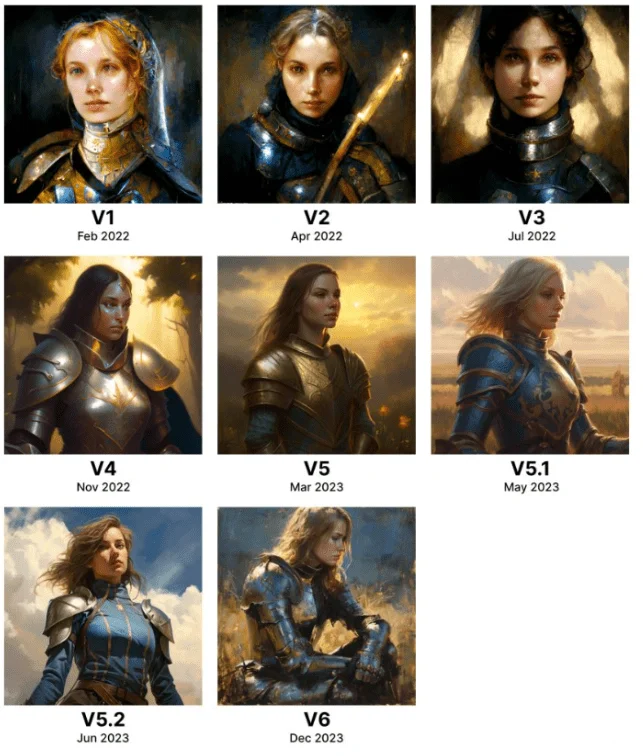
Niji Journey is another anime model that Midjourney offers. Niji and Niji 5, the only two versions available at this time, were each published after the matching Midjourney version. The Niji V5 model contains several styles, each of which is a different model that has been trained to produce a specific look.
NIJI VERSIONS COMPARED

What’s new about V6?
With a maximum resolution of 2048 × 2048 pixels, Midjourney v6 offers nearly twice as much resolution as its predecessor. It can employ more than 350 words in prompts and adheres to them more precisely. You can designate colours and other details, for instance. Midjourney is also prompt sensitive now, which means that the accuracy for image generation is far enhanced.
The Midjourney V6 is a big step forward, especially when viewed as a beta. The release notes disclose a significant change from V5 in the way prompts are handled. This alteration implies that users may need to retrain their memory for prompt creation.
The most recent version of Midjourney concentrates on three main improvements:
- Improving photorealism
- Improving semantic comprehension
- Strengthening text creation capabilities
V5.2’s propensity to create portraits with abnormally smooth skin, devoid of the textured realism frequently observed in Stable Diffusion’s outputs, was a frequent point of criticism. My experiments with V6 point to a significant improvement in realism. We’ll give same prompts to V5.2 and V6, see the results for yourself:
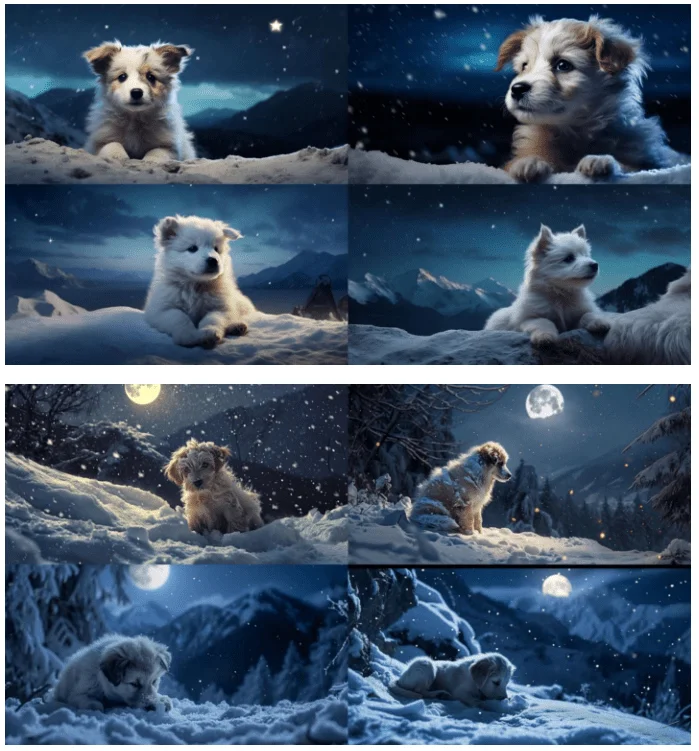
“A fluffy puppy playing in the snow on a moonlit night in the mountains”
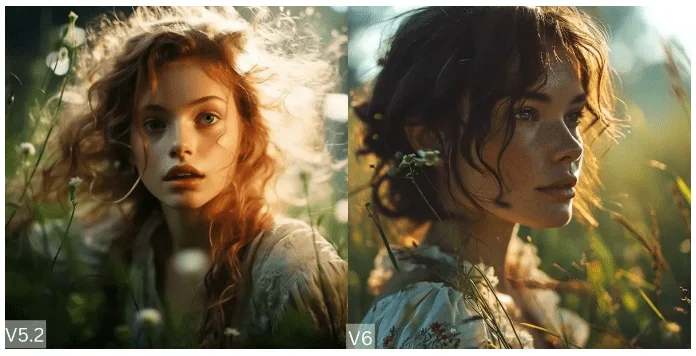
“lensbaby shot of young woman in a meadow, swirling bokeh background, ethereal lighting casting soft shadows on her face, dreamlike atmosphere — s 750 — style raw”
How can Midjourney V6 be implemented?
Users won’t automatically be affected by the upgrade; at least not in my case. You must enter the slash command “/settings” into the Midjourney Discord server or send the Midjourney bot a direct message (DM), after which you must choose Midjourney V6 using the dropdown menu at the top. Alternatively, you can follow your directions by manually typing “–v 6” as an old-fashioned method.
It was also made clear by the Midjourney project’s creator and leader that a completely new prompting technique had been created. Users have long shared on social media the kinds of tricks they’ve used to get high quality, photorealistic, or cinematic results out of the AI model. Examples of these tricks include entering camera names (e.g., Leica M11), film stock (35mm), and resolution (8k) to generate images by typing in specific text descriptions and key words into the Discord server or alpha version of the website.
He however, made it rather evident in his Discord post that users will no longer be able to get the desired outcomes from these kinds of prompting techniques. A number of other enthusiastic users, such as digital artist and horror filmmaker Chris Perna, have started testing MJ V6 and sharing the remarkably detailed and colourful results on social media platforms like Instagram. Also, the preliminary text generating samples appear really promising.
Room for upgrade, what more to expect:
Additionally, Holz stated that Midjourney V6 will receive improvements that include the ability to zoom out and pan left and right, two features that are presently absent from V5.2.
The updates display Maintaining its leadership even as competitors use their own proprietary models or the widely used open-source Stable Diffusion model, which depends on a well-known underlying AI technology called “diffusion,” where algorithms are trained to recreate images from visual “noise,” Midjourney continues to advance its model, which is widely regarded as the best and most creative AI art generator currently available.
Although early signs point to the AI art generators having a strong “fair use” defence, Midjourney and other diffusion-based AI art generators are facing class action litigation for copyright infringement from artists who claim they trained on their publicly posted work without permission or payment.
Similar to all the others, the picture generator has been taught using pre-existing images. Biases that exist in the training set will spread to the final generator. Let’s further assume that these biases remain unchecked at different stages of the process and reach the platform’s ultimate public release. In such instance, they will appear in the numerous pictures that individuals have uploaded. And what becomes of some of those pictures? Naturally, back in the training set.
Thus far, Midjourney v6 appears to represent a noteworthy advancement above Midjourney v5.2, which was previously remarkable in numerous circumstances. Even with the added text functionality, there’s still a lot of space for development, but the well-liked AI image generator keeps getting better.

Conclusion:
Users of the well-liked AI picture creation platform are finding new improvements to Midjourney v6, as they start testing it. Users are creating a list of changes they have discovered so far on Reddit’s r/singularity subreddit, a community heavily focused on AI technology. These changes include longer prompts, the ability to specify colours and other details in an image, composition controlled using natural language, adding text, improved comprehension of grammatical nuances, the capacity to add frames and borders to pictures through descriptive text, and more.
Regarding the outcomes, Midjourney v6, even in its alpha edition, is clearly superior to the latest version, v5.2. Tom’s Guide pointed out that Midjourney has improved in producing realistic-looking photographs of humans. For the time being, it doesn’t really matter if that is good or not; PetaPixel’s scant testing appears to support the assertion.
The outcomes of Midjourney v6 are astounding. Every picture has a tremendous level of detail, and the lighting is superb as well. While none of the v5.2 results particularly show off a realistic-looking Curie or scientific lab setting, they are all highly stylized. It’s just astounding how intricate the scenario is in comparison in version 6. One major problem is that Midjourney, in both v5.2 and Midjourney v6, doesn’t appear to know how individuals use reading glasses.





